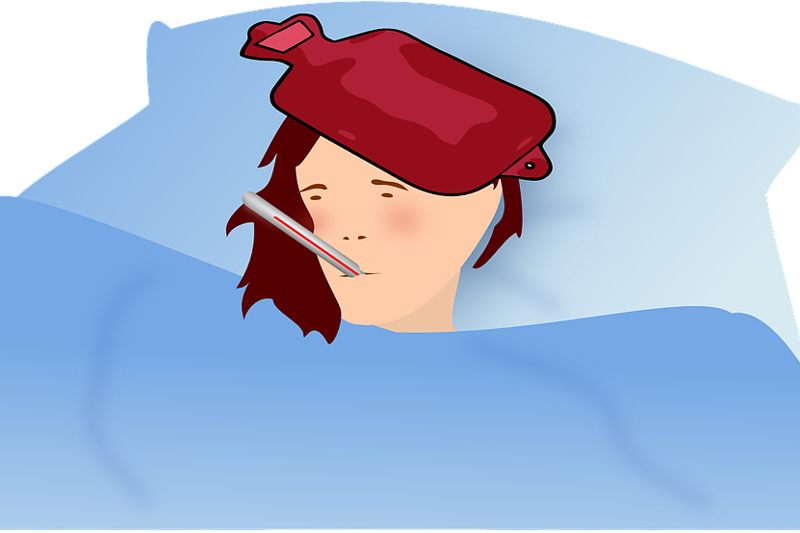Cases of mononucleosis on the rise at WHS
Credit: Pixabay user Clker-Free-Vector-Images
Infectious mononucleosis, also known as mono, has been spreading at WHS during the past weeks.
December 11, 2017
WHS has recently seen an increase in the number of students coming down with infectious mononucleosis, also known as “mono.” Mono is a contagious disease often spread by sharing saliva, which is why mono is also commonly referred to as the “kissing disease.”
Although mono can be spread by kissing, it is also often spread by sharing food, drinks or personal items with another person who is ill or has been diagnosed with mono.
According to school nurse Amy Schoeff, there have been about nine cases of mono so far this school year. Last year’s numbers were much lower; only one case was noted from September to December.
Symptoms of mono typically appear four to six weeks after one is infected and may develop slowly and not all at once. Symptoms often include extreme fatigue, fever, sore throat, head and body aches, swollen lymph nodes in the neck and armpits, swollen liver and/or spleen and rash.
If diagnosed with mono, it is important to stay hydrated by drinking lots of fluids, getting plenty of rest and taking over-the-counter medications for pain or fever.
“To not get mono, just don’t share foods and drinks, and find out if the person you are kissing is sick,” Schoeff said. “If they are, then hold off.”





![Last Wednesday, the Wayland School Committee gathered to discuss a number of topics regarding the health curriculum and Innovation Career Pathway course. Another large topic of conversation was the ways to potentially mitigate distracting cell phone usage. "These [phones] are going to distract your learning and social relationships," Superintendent David Fleishman said. "That's concrete right there."](https://waylandstudentpress.com/wp-content/uploads/2025/06/Screenshot-2025-06-04-at-9.49.31 PM-1200x886.png)



























![Troy Hoyt finishes the Boston Marathon, running for the Hoyt Foundation. T. Hoyt is the son of Hoyt Foundation CEO Russ Hoyt.
“[Running a marathon] might seem like a big thing, when it’s presented to you at first, but if you break it up and just keep telling yourself, “Yes, you can,” you can start chipping away at it. And before you know it, you’ll be running the whole 26 miles, and you won’t even think twice about it.” T. Hoyt said.](https://waylandstudentpress.com/wp-content/uploads/2025/04/C36E8761-1CBB-452E-9DF2-543EF7B1095E_1_105_c.jpeg)














































rip • Dec 11, 2017 at 11:21 AM
Rip all the seniors and juniors should stop making out smh